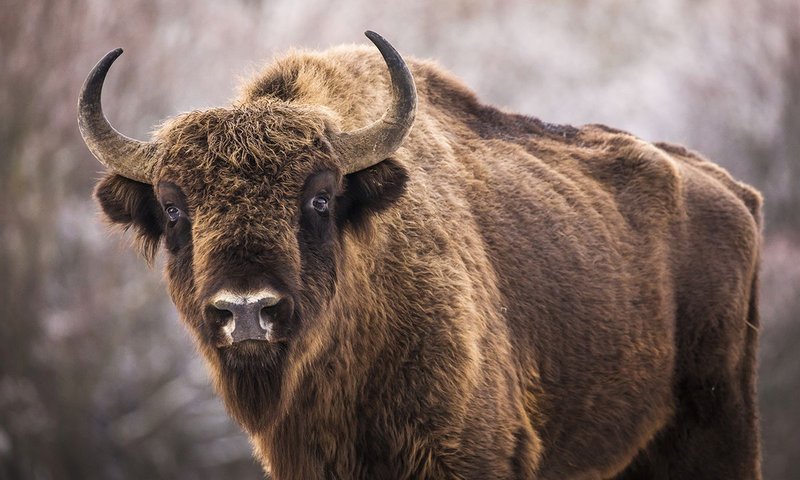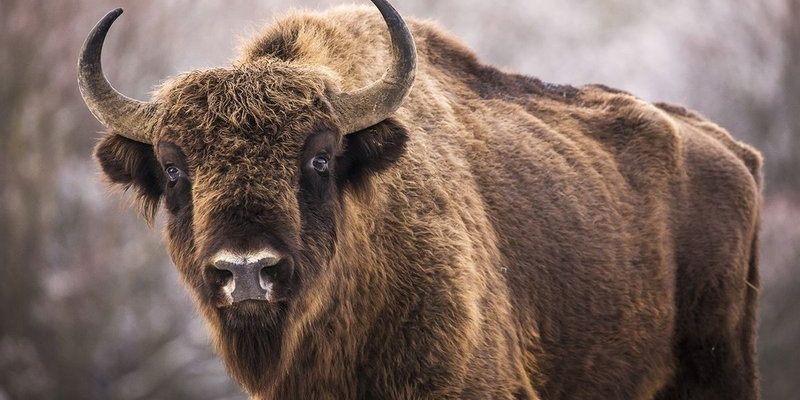
In this article, we’ll dive into common myths about the American bison. We’ll explore what makes these animals so unique and why separating fact from fiction is essential for appreciating their role in our ecosystem. So grab your favorite beverage, and let’s get comfy—because you might be surprised about what you learn!
Bison Are Just Buffalo
You might be wondering if bison and buffalo are the same thing. Honestly, this is one of the most common misconceptions out there. In truth, bison and buffalo are distinct animals. Bison are native to North America and have a large hump and a thick coat that helps them survive harsh winters. In contrast, buffalo, which include the African and Asian varieties, have a different physical appearance and habitat.
Here’s the thing—it’s like comparing apples to oranges. While both species are members of the Bovidae family, they’ve evolved in different environments and adapted in unique ways. For example, the American bison’s thick fur is specifically designed to withstand cold temperatures, something you won’t find in buffalo.
If you ever visit a wildlife park or reserve, it’s essential to look closely. You just might see the differences in their horns and body shapes. So next time someone calls a bison a buffalo, you can smile and kindly correct them!
Bison Are Aggressive Animals
Another myth is that bison are inherently aggressive and dangerous. While it’s true that bison can be protective of their young and territory, they’re generally not out looking for trouble. In the wild or in parks, these animals prefer to graze peacefully rather than confront humans.
Think about it this way: they’re like any large animal. If you approach them and invade their space, they might react defensively. However, if you respect their distance and observe from afar, they often remain calm and collected.
While tragic accidents can occur—especially in highly visited areas like Yellowstone National Park—most incidents arise from people getting too close. Remember, it’s always best to admire these magnificent creatures from a safe distance!
Bison Are Endangered
You might also hear people say that bison are endangered. This is somewhat misleading. While it’s true that the American bison population faced significant decline due to hunting and habitat loss in the 19th century—nearly facing extinction—they have made a remarkable recovery thanks to conservation efforts.
Today, there are approximately 500,000 bison in North America, with many residing in national parks, reserves, and private lands. Programs dedicated to bison conservation have been successful, allowing these animals to thrive again.
That said, it’s essential to remember that not all bison populations are equally stable. Some smaller or isolated herds are still at risk due to inbreeding and other environmental pressures. The key takeaway? While bison as a species are no longer endangered, continuous efforts are vital to ensure their future.
Bison Eat Only Grass
You might think bison are picky eaters, only munching on grass all day, but that’s not the full story. While grass is certainly a staple in their diet, bison are more like omnivorous grazers. They also enjoy other plants, shrubs, and even some fruits.
Imagine them as the ultimate buffet-goers, sampling whatever’s available in their habitat. In summer, they might graze on fresh grasses, while in winter, they dig through snow to reach dried grass or shrubs beneath. This adaptability is crucial for their survival, especially in changing climates.
So, the next time you spot bison in the wild or a documentary, remember that they have a varied diet and are skilled foragers, making them incredibly resilient animals.
Bison Are Closer to Cattle Than Other Wild Animals
You might believe bison are just wild cattle, but there’s more complexity to their lineage. Bison and cattle share a common ancestor, but they branched off millions of years ago. Bison belong to the genus *Bison*, while domestic cattle belong to the genus *Bos*.
While there are some similarities—both are large herbivores and belong to the same family—bison exhibit wild traits that cattle typically do not. For one, bison have a more robust build, with those massive shoulder humps and long, curved horns. Plus, their social behavior differs; bison often form larger herds compared to cattle, offering them protection from predators.
So while they might share some family ties, think of them as distant cousins rather than siblings. Each has adapted to its environment in unique ways, reflecting the beauty of evolution.
Bison Are Simple Animals
Many people perceive bison as simple creatures, but they are surprisingly intelligent and social animals. Bison have complex behaviors and social interactions. They communicate through body language, vocalizations, and even their sense of smell.
In a bison herd, there’s often a hierarchy, and you can witness interesting dynamics as they establish dominance or bond with one another—especially during mating season. They also have excellent memories and can remember locations of water sources, food, and even previous experiences with humans.
So, if you ever have the chance to observe bison in their natural habitat, take a moment to appreciate their social structures and problem-solving skills. They’re more than just big animals; they have personalities and social lives that are quite fascinating!
As we’ve explored, the American bison is surrounded by myths and misconceptions that can overshadow its true nature. From the distinction between bison and buffalo to their surprising intelligence, understanding these gentle giants is a crucial part of appreciating their role in the ecosystem.
By separating fact from fiction, we can better protect these magnificent animals and ensure they continue to roam the plains for generations to come. The more we learn and share about them, the more we can help foster respect and admiration for this iconic species. So the next time someone brings up bison, you’ll be ready to educate and share the truth. After all, these creatures are not just symbols of the American West; they are a vital part of our natural heritage.

